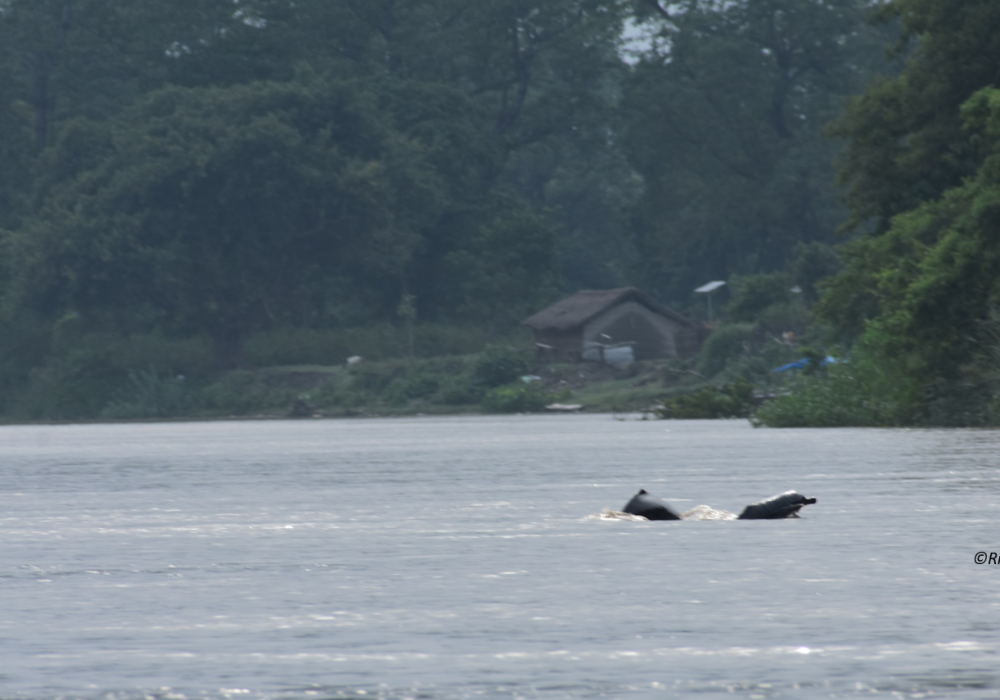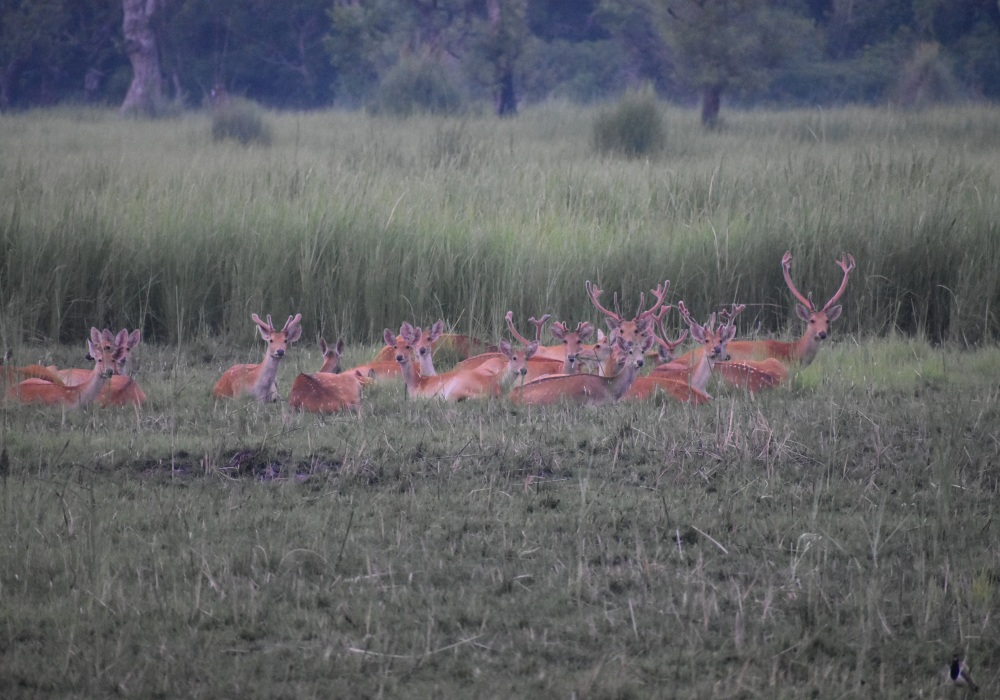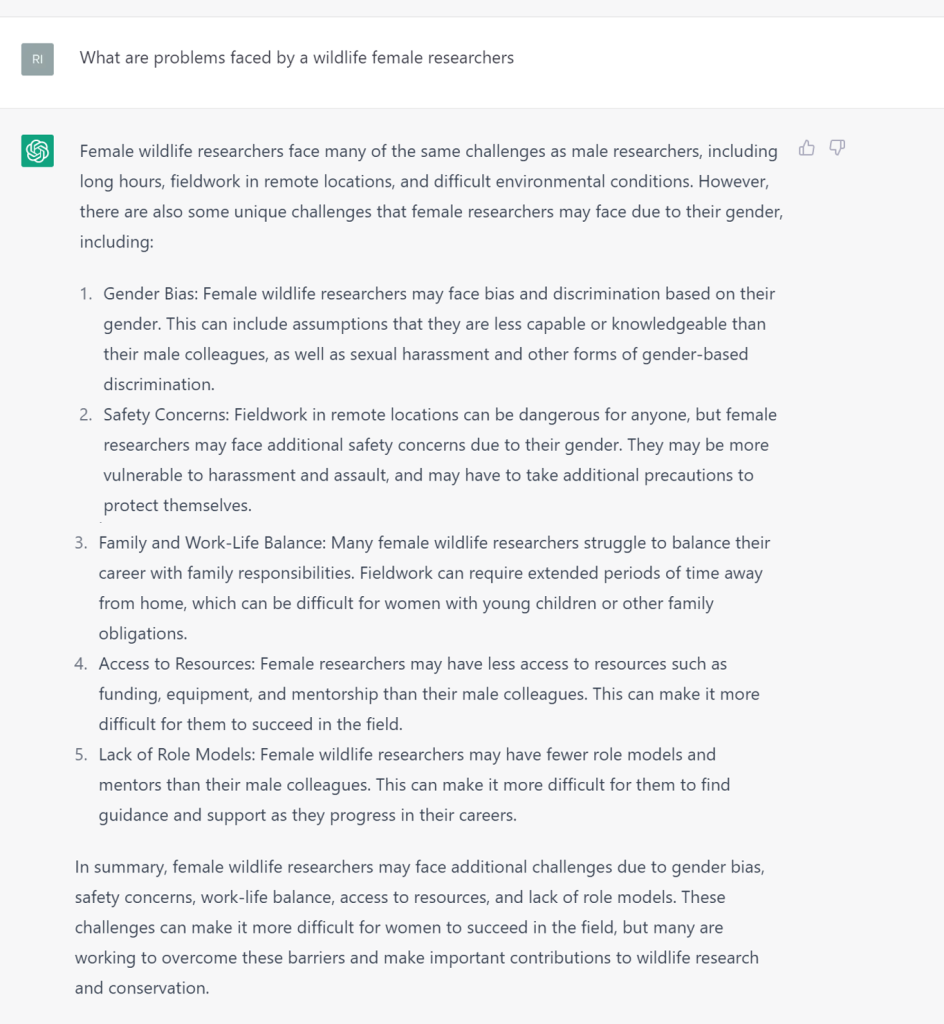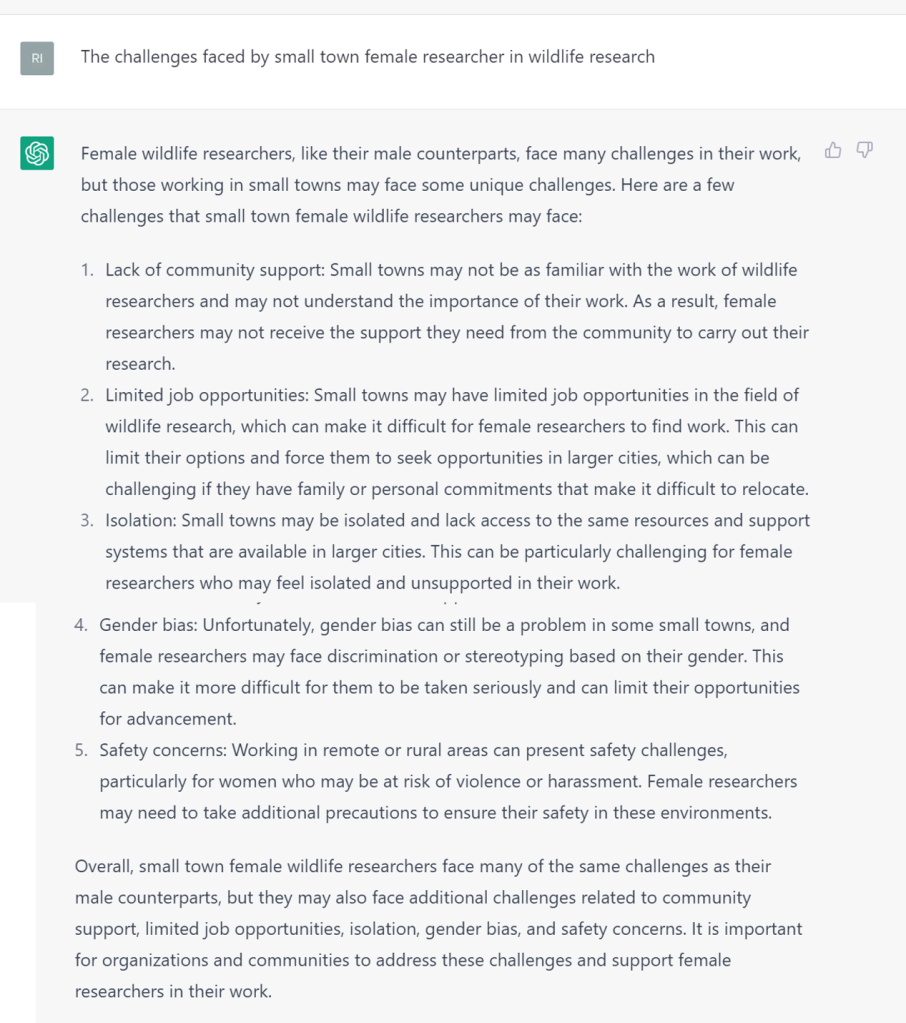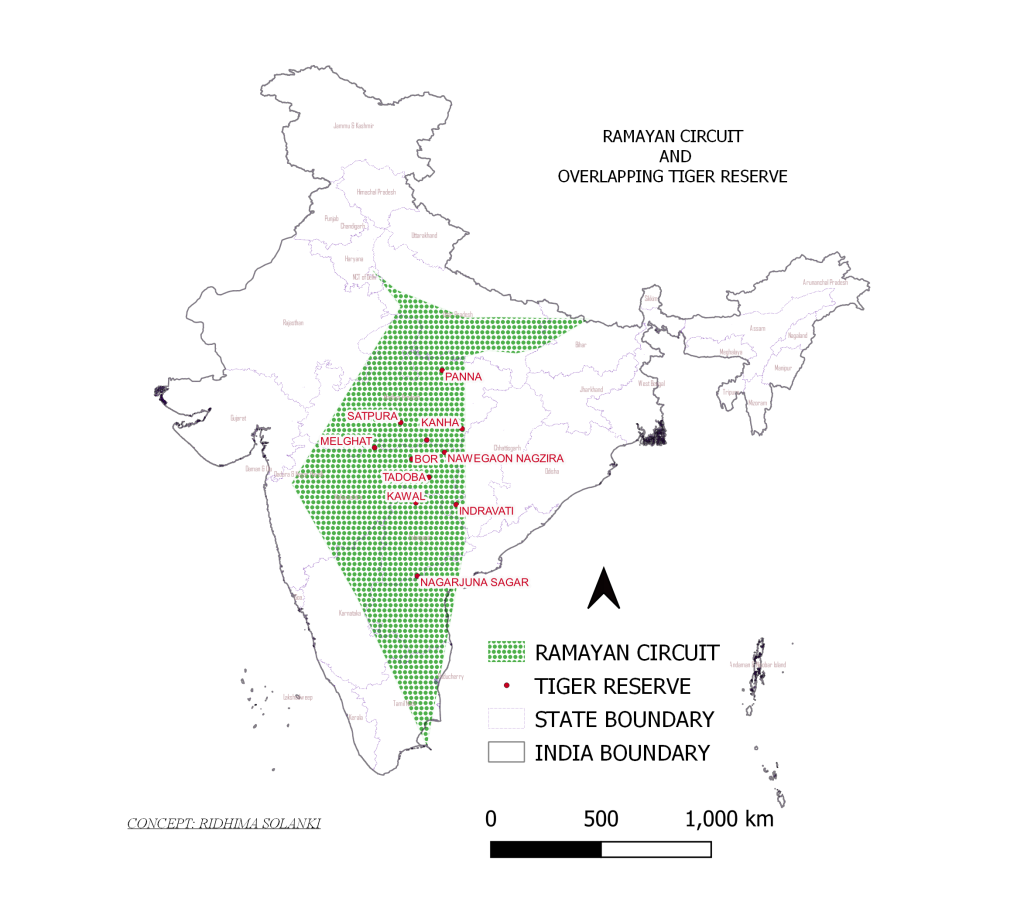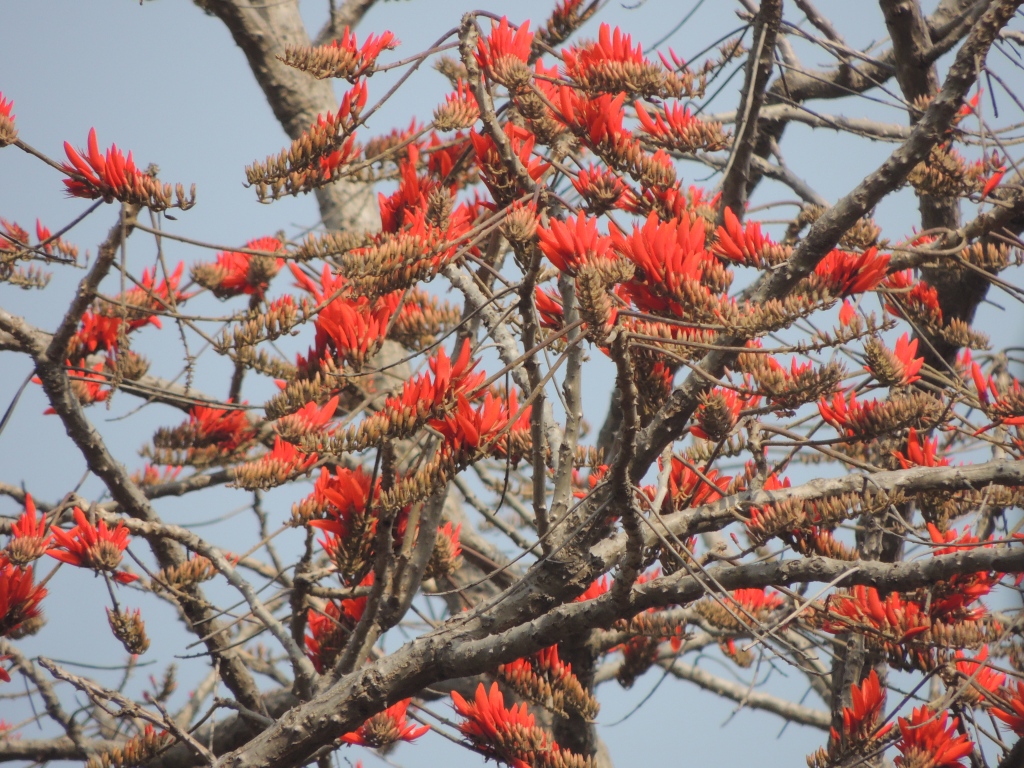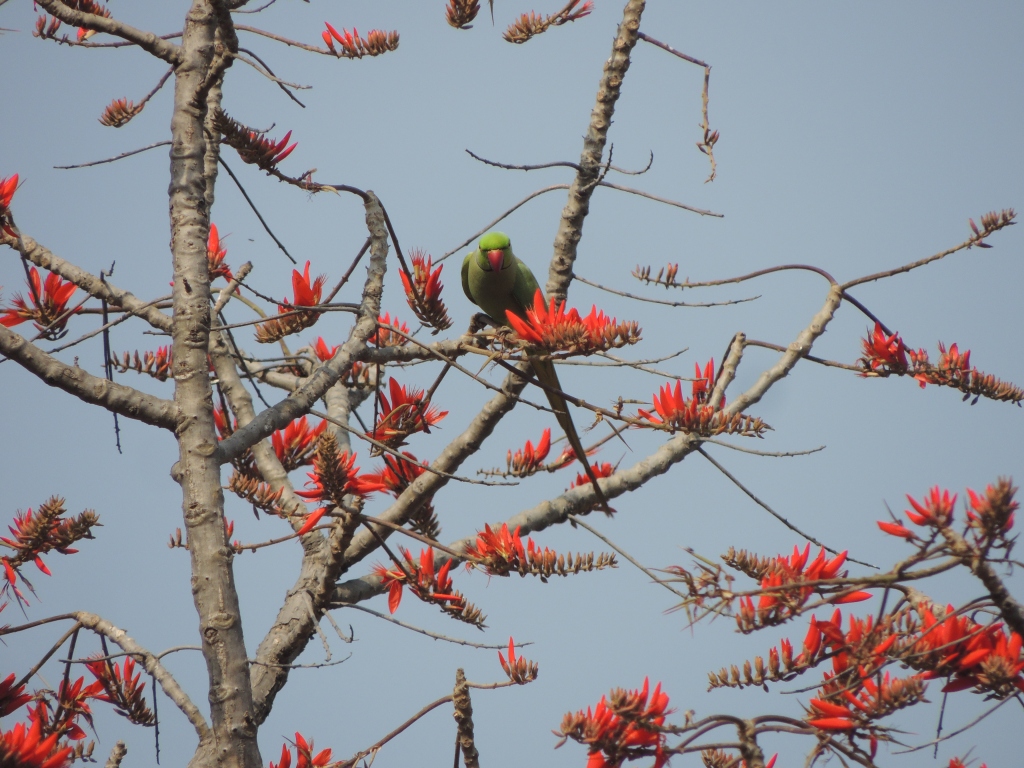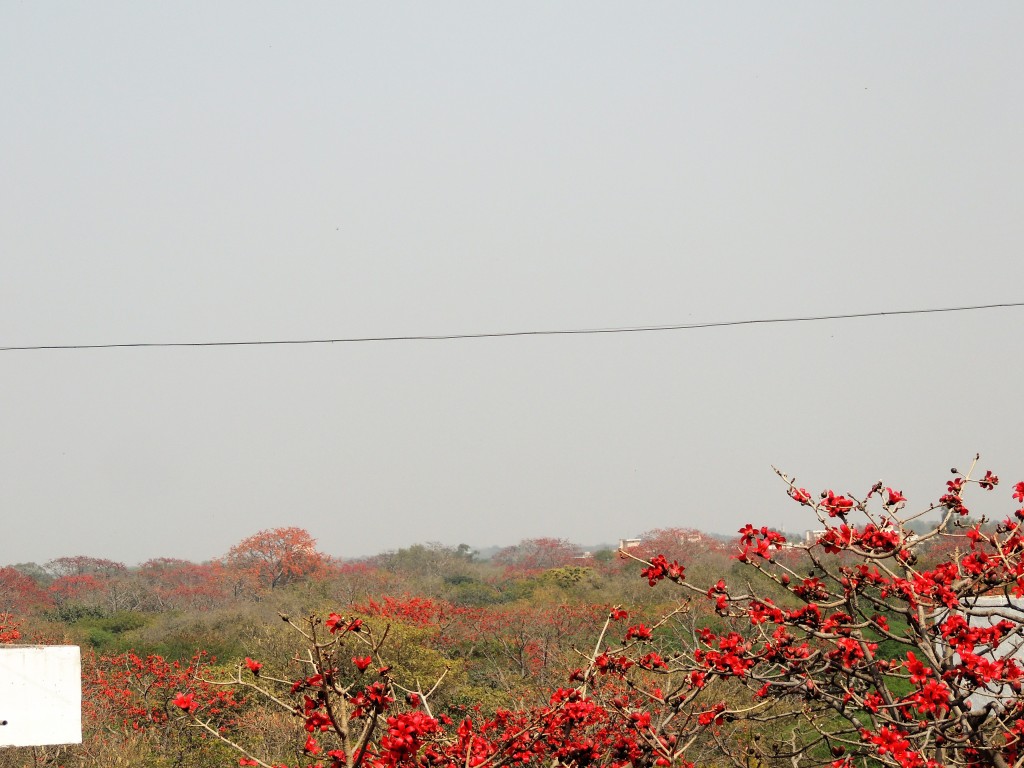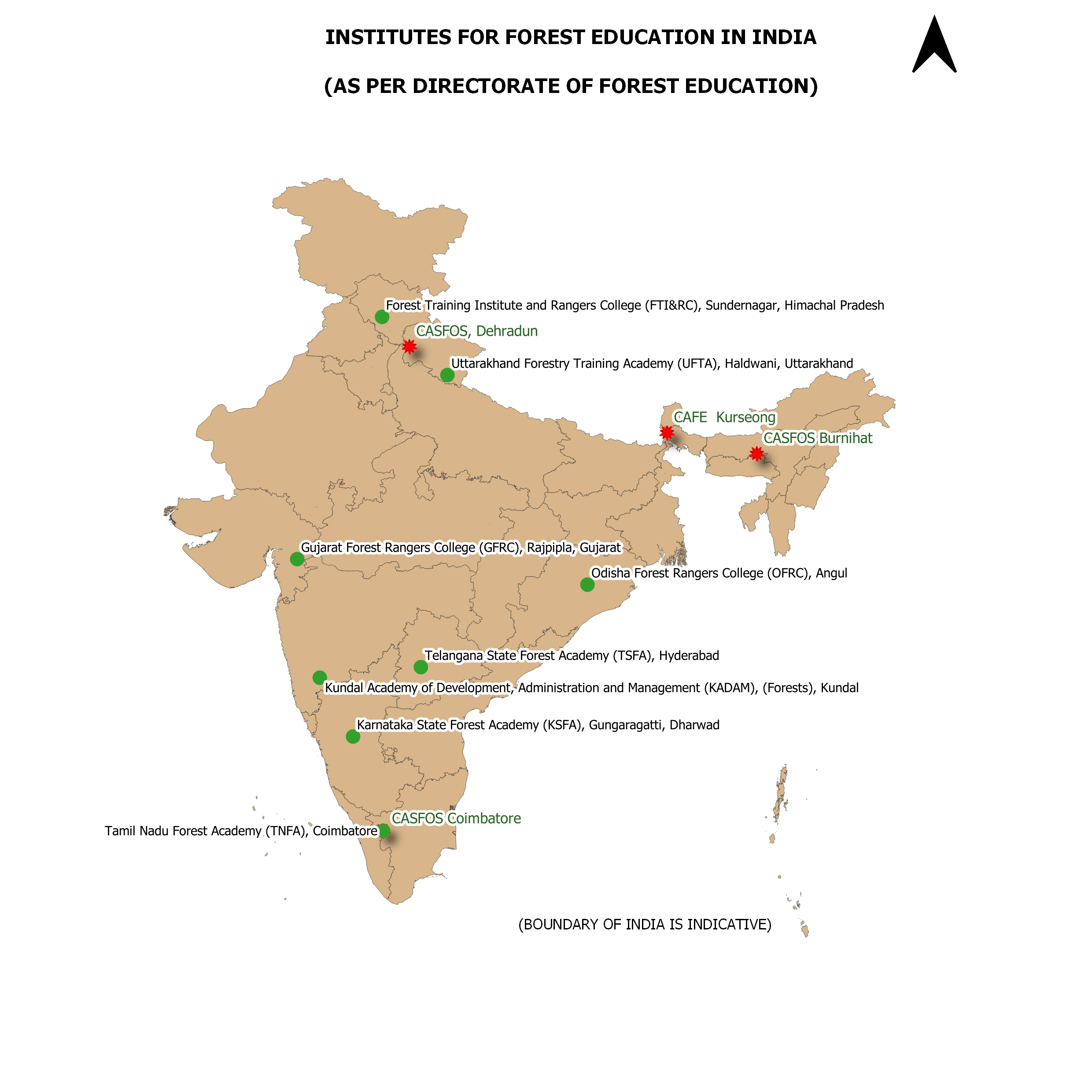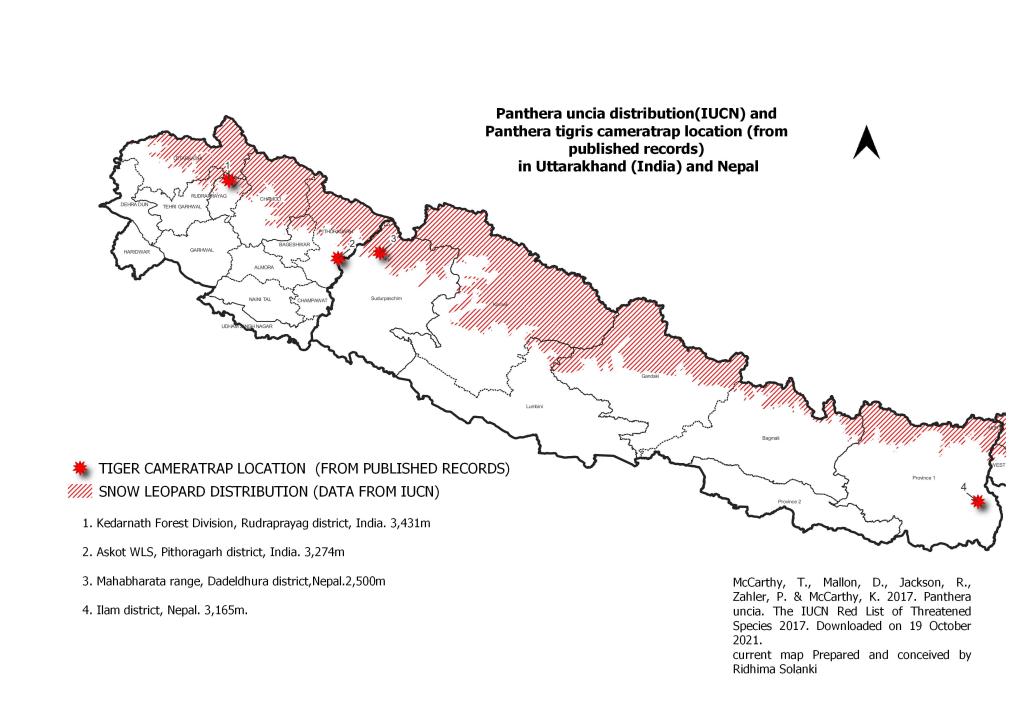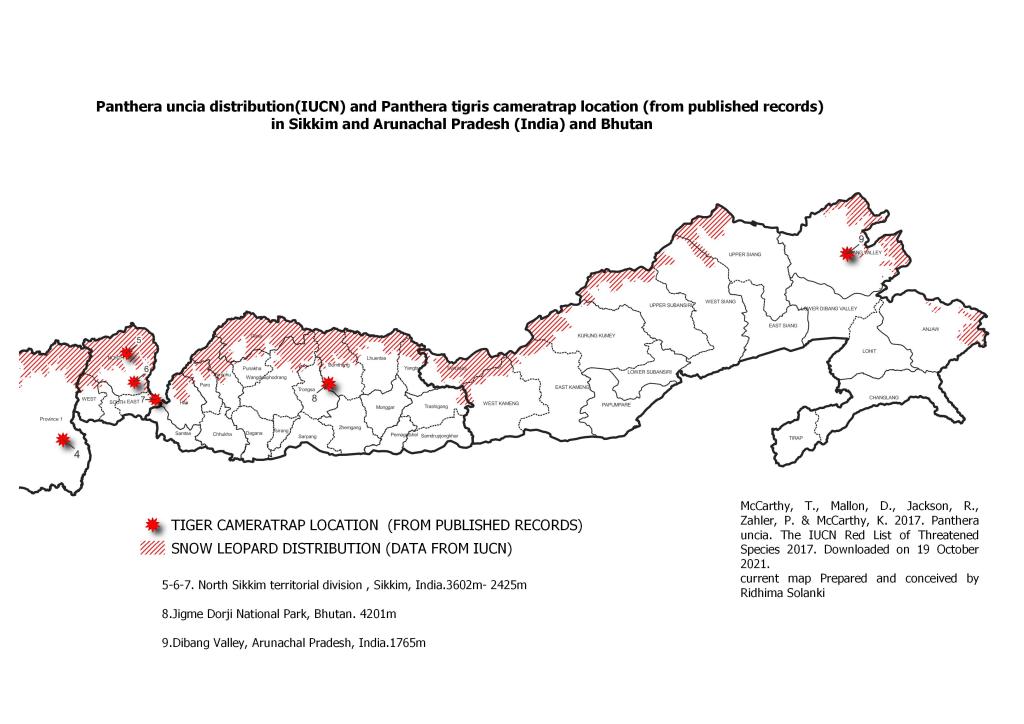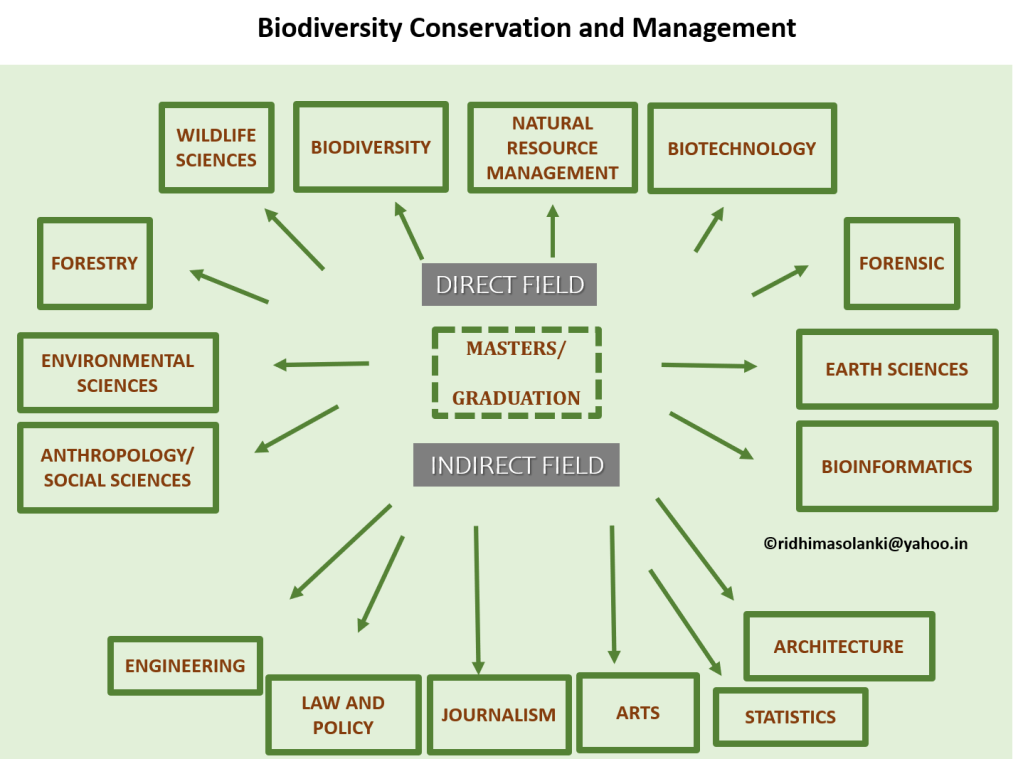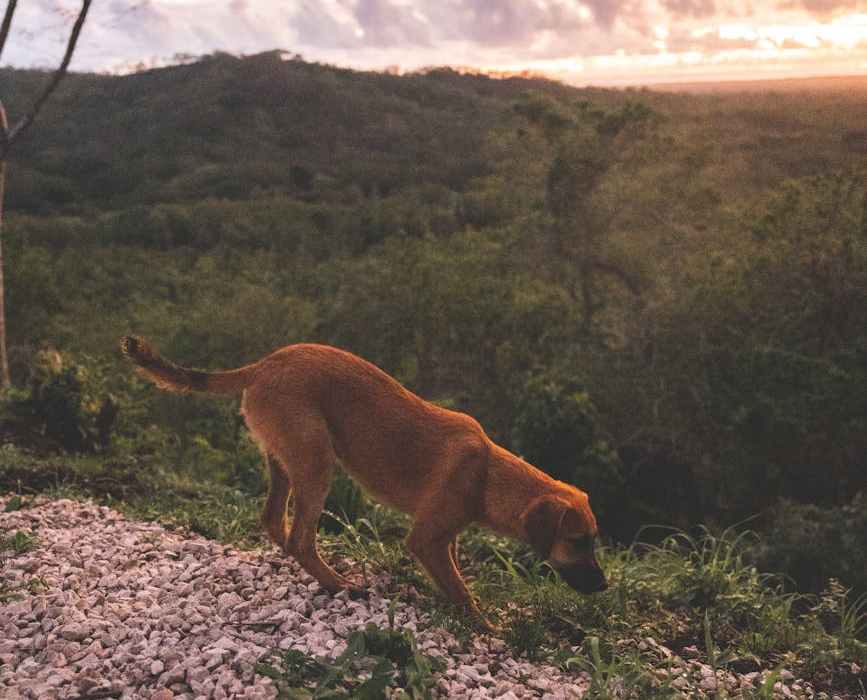
Feral Dog and One Health
Google News will present many examples across the globe if the word “feral” is searched. The adjective feral is attached to goats, cats, dogs, hog/swine, horses, and many more animals. More countries are recognizing “feral” as a pest and threat to crop production and conservation of wildlife species and thus are arming themselves with various mitigation measures like vaccination to extreme ones like killing. According to Mcknight 1961, feral animals are “those that have gone wild from a domestic state but in the practical sense any domestic species which can maintain themselves and reproduce in the wild”. Cambridge Dictionary defines feral based on ownership as “existing in a wild state, especially describing an animal that was previously kept by people”.
As early as 2008-09, the threat to wildlife by feral dogs was highlighted because of two conservation-critical species involved i.e. vulture and Olive Ridley turtle. While conservation programs was underway for these two species, “feral dogs” were mentioned as a threat. A study calculated that an increase of vulture numbers by one decreases the sustainable dog population by 0.7; OR an increase in vulture numbers by one decreases the sustainable dog population by 6.79 dogs while estimating the net benefits of a vulture recovery program and diclofenac substitution. From arid habitat and observation of threat to few iconic species, the dog menace was documented from Himalayan region few years later. Spiti Valley recorded highest livestock depredation by feral dogs rather than other conservation iconic wild carnivores in a study. In another study in Himachal Pradesh, dogs were recognized as emerging threat to wildlife and in Thar desert identified feral dog as recognized threat where Blackbuck and chinkara depredation became a major reason for decline in population of the ungulate. While direct threat to wildlife was being recognized across India, another major concern was transfer of disease into wildlife as these feral dogs’ act as reservoir for rabies and canine distemper virus. According to WHO dataset, there was spike in new outbreak of rabies cases during 2011-15 (Figure 1). The Government efforts towards improving human health and vaccination against Rabies was running in parallel with growing concept and awareness about “One Health” and “Zoonotic diseases”.

The feral dogs were posing threat to latitude of wild species and these accident sites started becoming ubiquitous. As per an online threat assessment , almost 80 species of wildlife were facing challenges due to feral dogs. These challenges especially in carnivore conservation in India became a bigger concern with report of a novel Canine Distemper Virus (CDV) strain in domestic dogs in India and further a similarity with CDV strain found in the infected Asiatic Lion . With more researches identifying feral dogs as reservoir around source population of tiger, a flagship species on which global investment has been consistent over years, the management of landscape calls for exploring a new dimension of zoonotic disease while developing policy. The All India Tiger Monitoring data 2018 also pointed the high incidence of capture of dog in camera trap across tiger reserves.
As a follow-up and concern to protect the wild carnivore inhabiting the protected area for the first time a state undertook mass dog vaccination in the villages around GIB WLS . Another state which focussed on vaccination drive (although not for wildlife concern) was Sikkim where the SARAH program under “One Health approach” aimed to limit rabies incidences in the state. Apart from vaccination, awareness about feral dog is also promoted.
National Tiger Conservation Authority in 2020, a Government authority responsible for conservation of tiger, developed a Standard Operating Procedure (SOP) to manage feral dogs in Tiger reserve. The document suggests feral dog capture and vaccination as control measure while suggesting that the captured animal should not be released back in tiger reserve. However, removal of feral dog from a space is not promoted under the law. In 1998, the Bombay High Court passed a judgement which detailed the manner in which the sterilization program for stray dogs should be carried out with corporation of Government and Civic societies. Animal Birth Control Rules, 2001, states that street dogs are required to be sterilized, vaccinated and after that released into the same area from where they have been captured. The SOP discussed above has a major contradiction with ABC Rules regarding releasing vaccinated feral dog back to the original place (which can be within or in buffer of the Protected Area).
Vaccination has been found to be an effective measure “when removal is not allowed”. The vaccination acts as precaution measure against the zoonotic diseases. But management of Feral dogs’ with this method poses issues as census, vaccination threshold, veterinary capacity and awareness and understanding of law. Awareness regarding law and feral dog management is still treading a thin line as imbibing it within One-Health Strategy across India is at initial stage. Uttarakhand initiated the development and adoption of framework to mitigate the transmission of virus from animal to human (initiative of the union ministry of animal husbandry and dairying (MAHD) and the ministry of fisheries) and hopefully the management of feral dog would be incorporated in the new portfolio of One Health with wider application.

